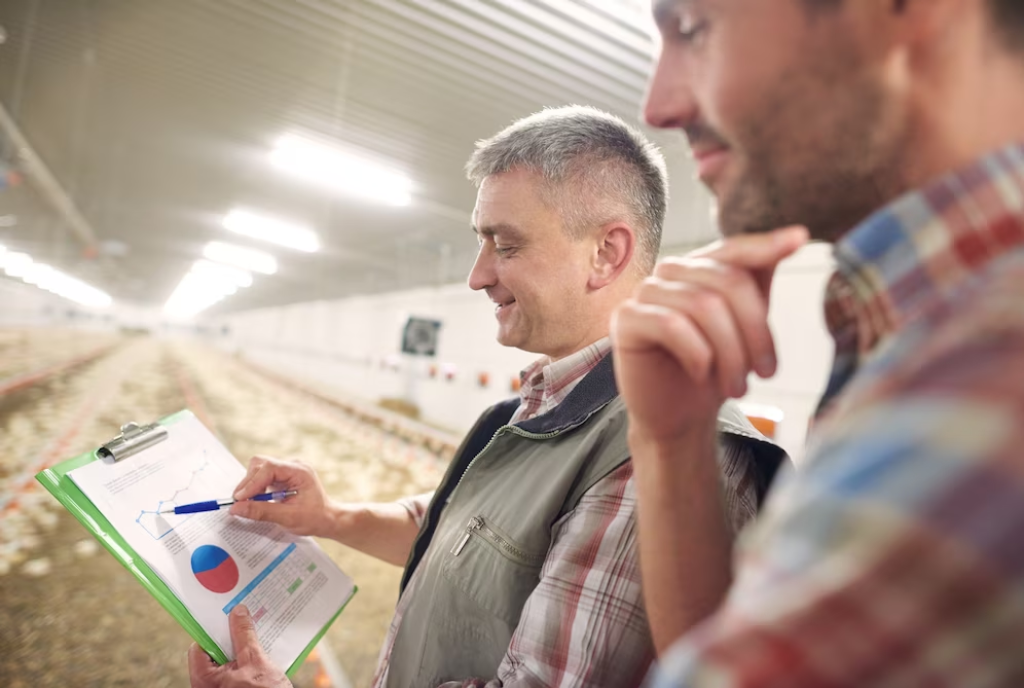
If you’re a farmer, you know that running a successful farm requires managing numerous factors. From crops and livestock to finances and regulations, there are countless aspects to consider. Fortunately, there’s a tool that can help you make informed decisions about all these areas of your operation: data collection and analysis.
By collecting data on yields, input costs, and other metrics, you can track your farm’s performance over time. This information can help you identify trends and patterns that reveal how well your farm is performing. With this knowledge, you can make informed decisions about which crops to plant, when to plant them, and how much to invest in different inputs. By optimizing your practices based on this data, you can increase your productivity and profitability.

Data collection and analysis can also help you identify areas where you can make improvements. By analyzing data on soil fertility and nutrient levels, for example, you can determine which crops are most suitable for your land and how to maximize yields. Similarly, by tracking input costs and labor expenses, you can identify areas where you can reduce costs and improve efficiency. By creating targeted management plans that address specific areas of your operation, you can make strategic improvements that can have a significant impact on your bottom line.

Data collection and analysis can also help you manage risk. By collecting data on weather patterns and other environmental factors, you can anticipate potential problems and take steps to mitigate them. For example, if data analysis shows that a drought is likely to occur, you can invest in irrigation systems or change your crop rotation to minimize the impact of the drought. Similarly, if data analysis shows that a particular crop is susceptible to disease or pests, you can take steps to prevent or control the problem before it becomes a major issue.

Many governments require farmers to report on various aspects of their operations, such as pesticide use and animal welfare. By collecting and analyzing data on these areas, you can ensure that you are in compliance with regulations and avoid costly fines or other penalties.
To collect and analyze data effectively, you need to use a range of tools and technologies. For example, you may use sensors and other monitoring devices to collect data on soil moisture, temperature, and nutrient levels. You may also use software programs to track input costs, labor expenses, and other financial metrics. By using these tools, you can collect data quickly and accurately, and analyze it in a way that is meaningful and actionable.
In conclusion, data collection and analysis are essential for modern farm management to get started with data collection and analysis, consider investing in the right tools and technologies for your operation. Using the right data and insights, you can take your farm to the next level. One such tool that can help you streamline your data collection and analysis process is Farmflow, an intelligent farm task management software.
With Farmflow, you can easily plan and share tasks on the farm through its AI system, which integrates with all the sensors embedded in your land. The app interface with gamification UX makes it easy to keep track of daily farming tasks, like irrigating, spraying, and more. You can get notifications of new or completed tasks, send tasks to co-workers, and organize tasks by date, the responsible person, or area of work.
By using Farmflow, you can not only optimize your farm management practices but also simplify your daily operations. So, invest in Farmflow and take advantage of data-driven insights to improve your farm’s productivity, efficiency, and profitability. With the right data and tools, you can make informed decisions that can help you take your farm to new heights of success.